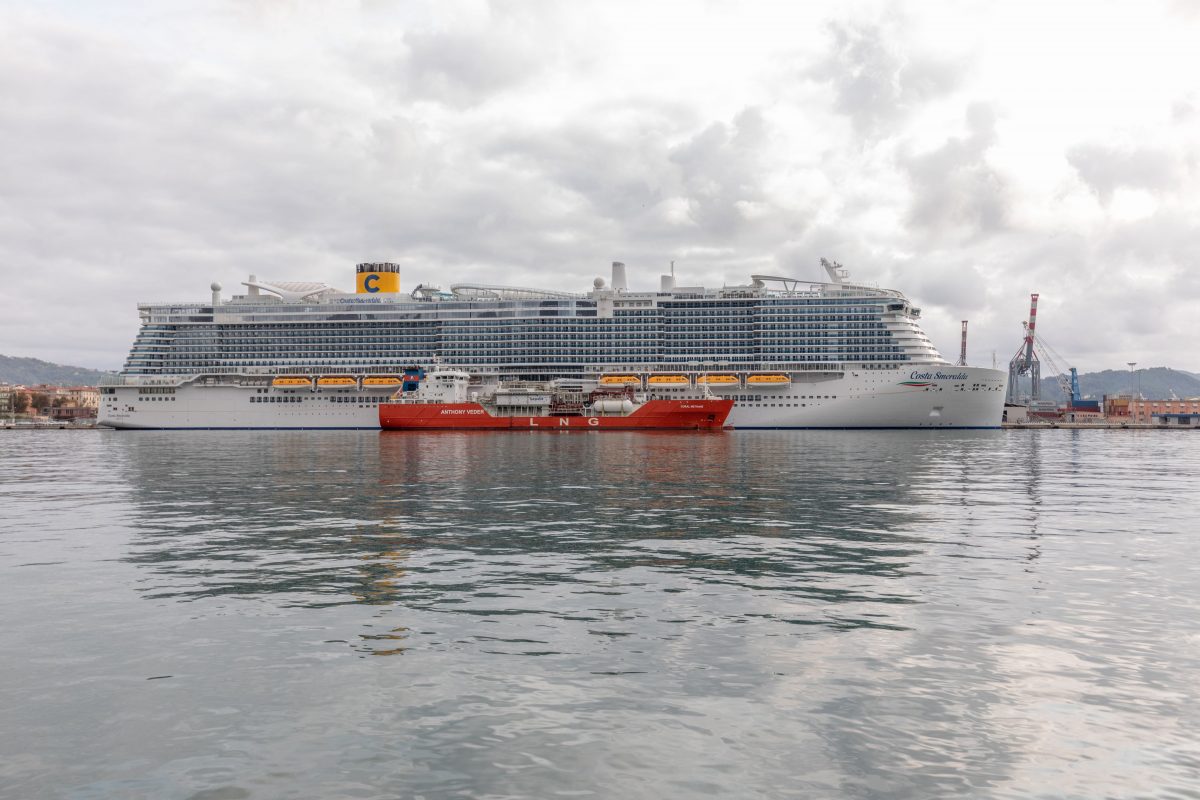MAMII – The Challenge We’re Addressing
01/09/2022The need to reduce the negative effects of global climate change is becoming more urgent with each passing day.
The Intergovernmental Panel on Climate Change says “substantial emissions reductions over the next few decades and near zero emissions of CO2 and other long-lived greenhouse gases by the end of the century” are needed.
At COP26, the United States and the European Union, along with initiative partners, announced the Global Methane Pledge. The Pledge is a major effort to curb global methane emissions in an attempt to keep global warming at 1.5°C. Over 100 countries have signed the Pledge, to reduce methane emissions globally by 30 percent by 2030 (from 2020 levels). Additionally, a host of philanthropies have committed $328 million to support methane mitigation strategies as part of the Global Methane Pledge.
For the shipping industry, carbon neutrality is increasingly becoming a necessity due to market and regulatory demands.
The industry is said to account for roughly 3% of global greenhouse gas emissions and is under pressure to meet the goals of the Paris climate agreement.
The US, the EU and other big economies are starting to make pledges and draw up plans to green the shipping sector and at COP26, a coalition of countries including the UK and the US signed a declaration committing to “strengthen global efforts” to reach net zero by 2050.
Merchant ships are reported to burn approximately 300m metric tonnes of fossil fuels each year, emitting roughly 1bn metric tonnes of carbon dioxide in the process. This is roughly the equivalent of the annual carbon emissions of Japan.
“Our CEOs see this as the number one thing on their boardroom agenda now” – Guy Platten, Secretary General of the International Chamber of Shipping, a trade association that represents roughly 80% of the world’s merchant fleet.
At COP26, around 100 nations committed to The Global Methane Pledge – which aims to cut methane emissions by 2030, compared with 2020 levels.
In response, the sector is taking action to clean up shipping.
The International Maritime Organization (IMO) is aiming to halve total greenhouse gas emissions by 2050. The International Chamber of Shipping has submitted proposals to the regulator for that target to shift to a 100% reduction by 2050.
The IMO adopted an initial energy efficiency regulation for ships in 2011, which set fuel efficiency requirements per mile travelled, and another one in June 2021 aimed at reducing the carbon intensity of ships by 40% by 2030.
There’s broad consensus in shipping that a carbon tax is probably inevitable. While progress to adopt one at the IMO has been slow, most major shipping companies and trade bodies have publicly declared their support for one.
As the sector focuses on the pathways to achieving net-zero, LNG is becoming increasingly popular as a transition fuel
Over two-thirds of new ships are expected to be powered by LNG by 2025[1]. This is primarily because natural gas is considered among the cleanest fossil fuels, due to its lower carbon intensity and lower particulate emissions. It also represents a mature, scalable and commercially viable alternative fuel for the maritime industry.
- LNG has been estimated to emit up to 23% less CO2 than other common marine fuels for the same propulsion power[2].
- In the absence of an immediately available zero-emission fuel, adoption of LNG has been seen as a way to enact (though not eliminate) cuts to CO2 emissions from ships right now.
- Effectively zero sulphur – with the only real contribution being via pilot fuel when used
- Nearly eliminates particulate matter (PM);
- Significantly reduces nitrogen oxides (NOx).
However, a growing body of evidence suggests emissions may undermine its climate advantages.
There have been a number of reports and studies about methane emissions. A recent report by the International Council on Clean Transportation (ICCT) even claimed there is “no climate benefit from using LNG”.
Addressing this ‘methane slip’ is therefore vital to LNG’s viability as a transition fuel, and the viability of Bio LNG and Green LNG as potential future fuels to support decarbonisation of shipping.
Bio or synthetic LNG (which potentially generate negative carbon emissions) are a viable and serious option as a future zero-emission fuel in shipping. However, the extent of and inability to abate methane emissions from burning bio or synthetic LNG could outweigh its benefit.
- The transition from LNG to bio or synthetic LNG must happen within the next ten years.
- Quantifying methane slip from LNG, and how it can be abated In the next few years, will allow policymakers to adequately evaluate and de-risk the use of bio or synthetic LNG as a zero-emission fuel for shipping.
Currently, the industry lacks the information and tools they need to accurately measure the amount of methane released by LNG-fuelled ships, and the extent of this impact.
- Many different units and measures are employed in the literature to describe the quantity of methane lost to the atmosphere or the GWP of methane loss. However, this becomes more difficult when the composition of the natural gas deviates from pure methane and the composition is not known[3].
- Life cycle emissions for methane are understood in greater detail than for traditional fuels. However, as emissions are distributed across different market players. The implementation of GHG reduction measures requires gathering relatively hard-to-measure data related to carbon footprint of a particular supply chain, and then devising a dedicated decarbonization strategy for an individual delivery (per cargo).[4]
- To date, there are no globally recognized methods developed for accurate measurement of emission intensity across the LNG market. Instead, monitoring, reporting and verification (MRV) procedures have been developed for some market segments.[5]
[1] ICS: Shipping industry sets out bold plan to global regulator to deliver net zero by 2050
[3] The ICTT: Climate Implications of LNG Marine Fuel
[4] EY: The Role of Carbon Neutral LNG in the Energy Transition
[5] EY: The Role of Carbon Neutral LNG in the Energy Transition
